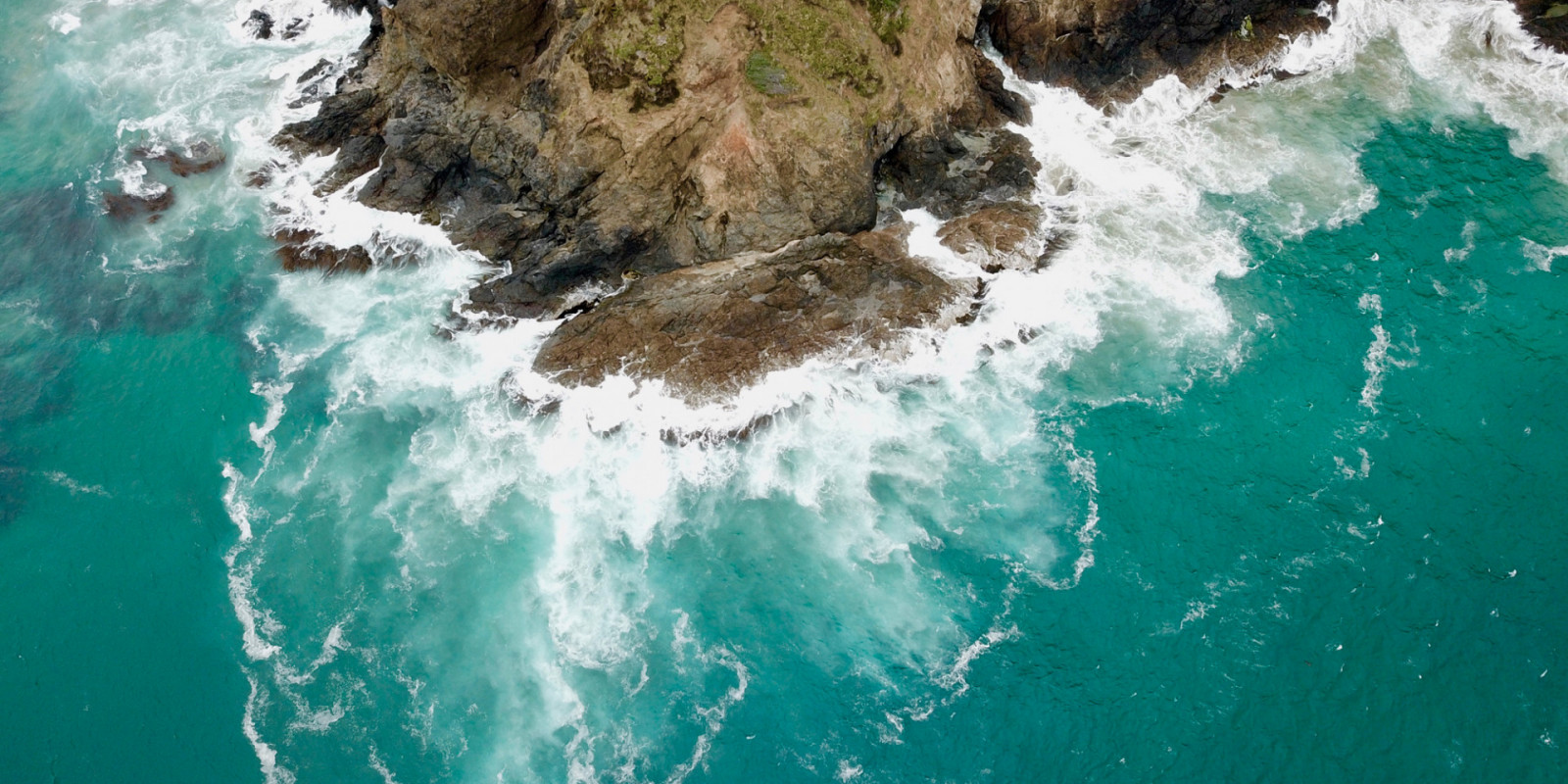- Graphic
- Summary
Cetacean conservation planning: dealing with uncertainty and data deficiencies
Fabrice Stephenson presented this poster at the 5th World Conference on Marine Biodiversity, Auckland, 13-16 December 2020
Conservation efforts in Aotearoa New Zealand may be particularly important because it is recognised as a globally important cetacean diversity hotspot (53% of the world’s cetacean species use New Zealand waters).
Cetacean species are thought to be critically at risk from anthropogenic disturbances (eg, climate change, pollution and over-harvesting of marine habitats). Identifying cetacean hotspots for conservation management is therefore critical. Using geographic predictions of 30 cetacean taxa, hotspots within New Zealand waters were identified. The effect of varying levels of uncertainty in predictions of the taxa’ occurrence layers the interpretation of cetacean hotspots was investigated.
This poster can be used as a:
- Visualisation of cetacean diversity in Aotearoa New Zealand
- Framework for incorporating uncertainty when dealing with multiple species
Key points
- Spatial hotspots of cetacean diversity were highlighted under varying levels of uncertainty
- Key areas for cetaceans diversity include: Kermadec Ridge, Chatham Rise and Islands, Kaikoura coastline, Cook Strait
- Identification of cetacean hotspots with varying levels of uncertainty provides a robust and efficient step towards prioritising areas for conservation management in a participatory process.
